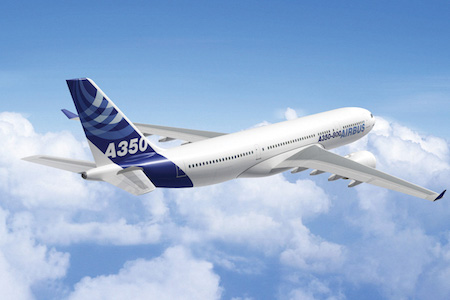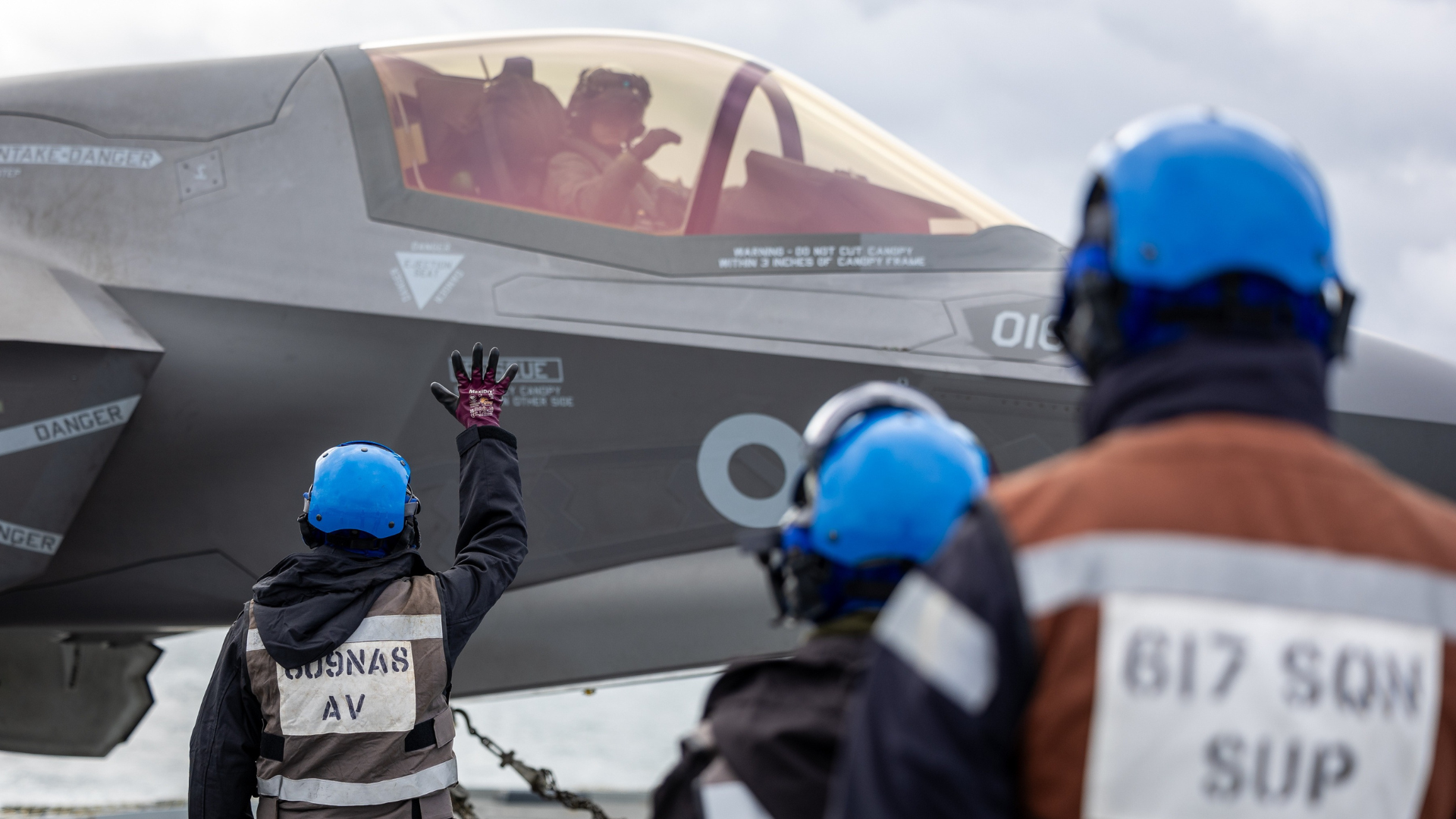
Over the next 12 days, global Heads of State and national governments, as well as both business and civil society, will descend on Paris for COP 21 – the annual meeting of the the UN Framework Convention on Climate Change (UNFCCC). The meeting represents the final step of intense negotiations to agree globally and legally binding measures to help reduce the impact of climate change.
COP21 also takes place at a crucial stage in the design and development of a new measure to improve the environmental footprint of global Aviation. Since 2013, the UN Aviation body, ICAO, has been working on developing a Global Market Based Measure – with the emphasis on an ‘allowance’ or ‘credit’ based carbon offsetting scheme – seeking to keep net-carbon emissions from international aviation at 2020 levels. Agreement of the measure is set for the ICAO General Assembly in November 2016, with various working groups currently in discussion over the finer technical points of the new measure.
This agreement would be the first of its kind for the Aviation industry – ever since ICAO was designated responsibility to tackle Aviation emissions by the Kyoto protocol in 1997. Whilst progress since then has been at time slow, the positive progress made over the last 3 years means the Aviation industry is confident of a historic deal this time next year.
However, whilst a deal at COP21 over the next fortnight would be an important step in efforts to tackle global climate change, technical references to Aviation in the final agreement could damage the progress made so far at ICAO. International aviation is a global sector with very specific operational, commercial, financial and regulatory requirements, requiring specific expertise. ICAO is the only forum which brings industry and government together to reach the balance and consensus required. There is a danger that if the final agreement at COP21 includes any extended reference to new Aviation emissions reduction strategies that go beyond the process at ICAO, it could derail ICAO’s work – and potentially result in a much weakened market based measure agreed in 2016.
For the Aerospace manufacturing industry, an agreement at ICAO would be an important addition to the ‘basket of measures’ that are required to improve aviation’s environmental footprint in the future. These measures include:
- Technology & Sustainable Alternative Fuels: Through continued investment in new projects focused on improving environmental performance, alongside greater land use planning to promote the development of sustainable biofuels.
- Operational Improvements: Developments from new lightweight cabin equipment, to replacing pilot manuals with tablet computers, will help to improve the operational efficiency of aircraft. Greater use of electrical power in and around aircraft movements in airports is also a key consideration.
- Infrastructure: Improving Air Traffic Management (ATM) is a key aspect of ensuring a more interconnected transport system, but better use of airspace in the EU could save over 16 million tonnes of carbon emissions.
And it is investment in new Aerospace technology and innovation that has already significantly improved Aviation’s environmental footprint. Historic trends show that aircraft entering today’s commercial fleet burn 80% less fuel per seat than when the first jet aircraft entered service, over 50 years ago. Alongside this, engine fuel consumption overall is nearly 50% less than 1960s levels. Overall, the global aerospace industry invests around $15bn per year on research and development (R&D) – ranging from developments in new materials, more efficient engines, and improved aerodynamics.
With industry investing more and more in R&D, and ICAO in the final stages of agreeing a historic market based measure to curb emissions, continued support for this balanced approach to reducing Aviation emissions is vital. COP21 has the opportunity to loudly and publically endorse ICAO’s work, so that we can successfully get the truly global deal we need.





